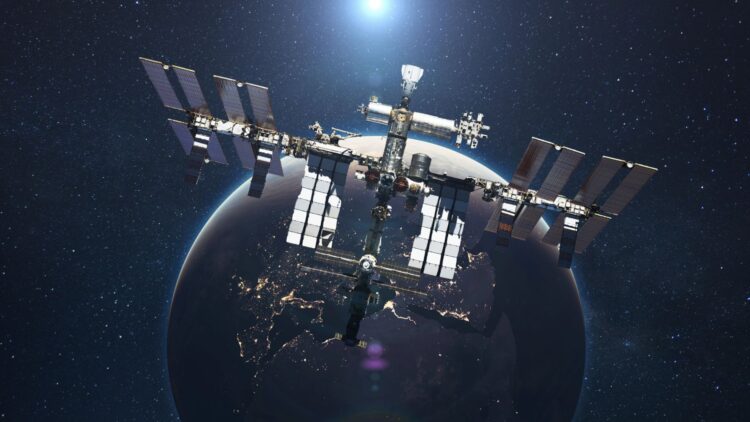Vodafone and AST SpaceMobile have just closed a partnership and together plan to launch the first European direct-to-smartphone satellite network. This project aims to allow ordinary devices, without special hardware, to connect to satellites in orbit and use mobile networks as we always have. The goal of both companies is to connect people in very isolated places that are often forgotten by traditional infrastructure.
Vodafone launches a technology that actually works
What’s being launched in this partnership isn’t a traditional satellite phone, but rather a “satellite-to-smartphone” network. This means that common 4G/5G devices will be able to communicate directly with satellites in orbit, without the need for a special antenna or dedicated equipment. AST SpaceMobile was responsible for developing low-Earth orbit satellites; they function as “mobile stations in the sky.”
In practice, this will impact the user in such a way that, in places without cell tower coverage, when the terrestrial signal fails, the device will now “pull” the signal from a satellite, reducing the lack of coverage, especially in rural and coastal regions, throughout this space network. According to the company, the promise is that, in the near future, the user will be able to use their smartphone as if they were in a big city, even in a remote location.
Furthermore, this network was designed to complement existing terrestrial connections, not to replace them completely. This means that areas with normal coverage will remain the same, while in areas without coverage, we will now have a new option. For telephone operators, this opens up the possibility of offering plans that truly cover “anywhere,” something that previously seemed utopian.
Practical benefits and who matters
One of the positive aspects of this launch is its usefulness, which goes beyond technological curiosity. There is an important social aspect behind this project: communities in isolated regions, rescue teams, deep-sea fishermen, or athletes on trails will be able to have a stable signal for communication. In emergencies, being connected or not to a telephone network can make a big difference.
Another advantage will be for businesses and the economy. In cases of travel, transportation, remote tourism, logistics, and even industries in more remote locations, they will now have a more reliable communication network. This can expand opportunities where this infrastructure previously did not work well or even did not exist.
Challenges and what still needs to happen
Despite the promises and expectations surrounding this project, there are still some obstacles in the way, including the regulatory process, radio frequency spectrum, integration with terrestrial networks, costs for operators, and, especially, for the end consumer. According to the company, the full service is expected to be ready by 2026.
It is believed that the biggest challenge will be technical, to guarantee a smooth and uninterrupted signal experience. Experts comment that a low-Earth orbit satellite works better than older telephone systems, but even so, this requires everything (network, satellite, backhaul) to be well-connected and functioning properly. Another open question is whether the service will be charged and how it will be accepted by the common market.
What can we expect from this project in the long term?
The expectation for this project involving Vodafone and AST SpaceMobile is that it will have a positive impact on how we use our cell phones, in every corner of the globe. It’s an important advancement in cutting-edge technology with applications for everyday life, making life easier for those without phone coverage.
Satellite communication for the average cell phone can reduce the digital divide. To achieve this, there is still work ahead: regulation, pricing, infrastructure, and market adoption. But the fact that there are already demonstrations, partnerships, and interest from operators, especially among European countries, shows that the idea is progressing rapidly.


